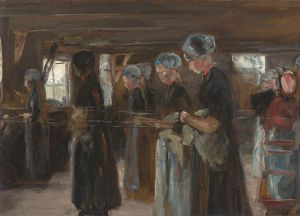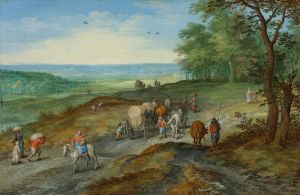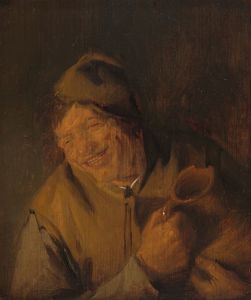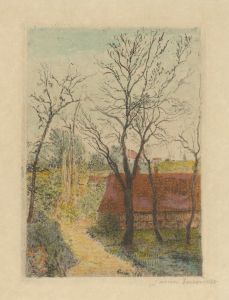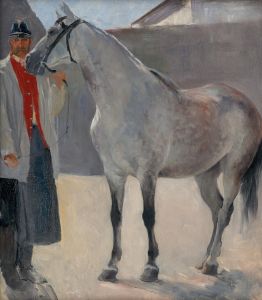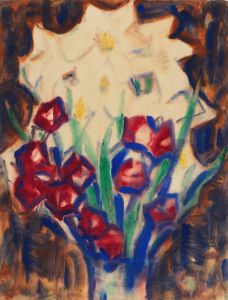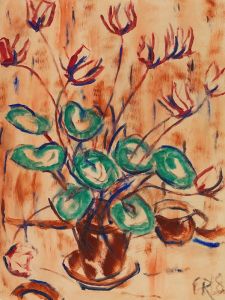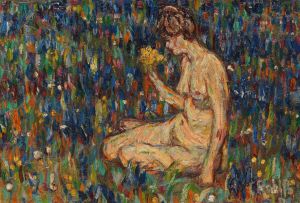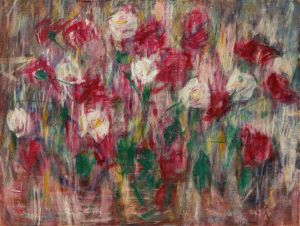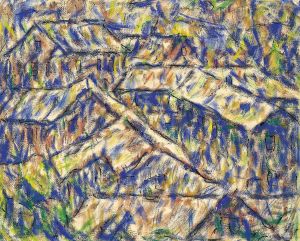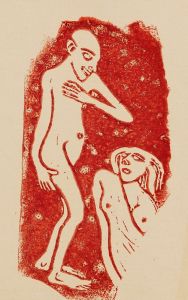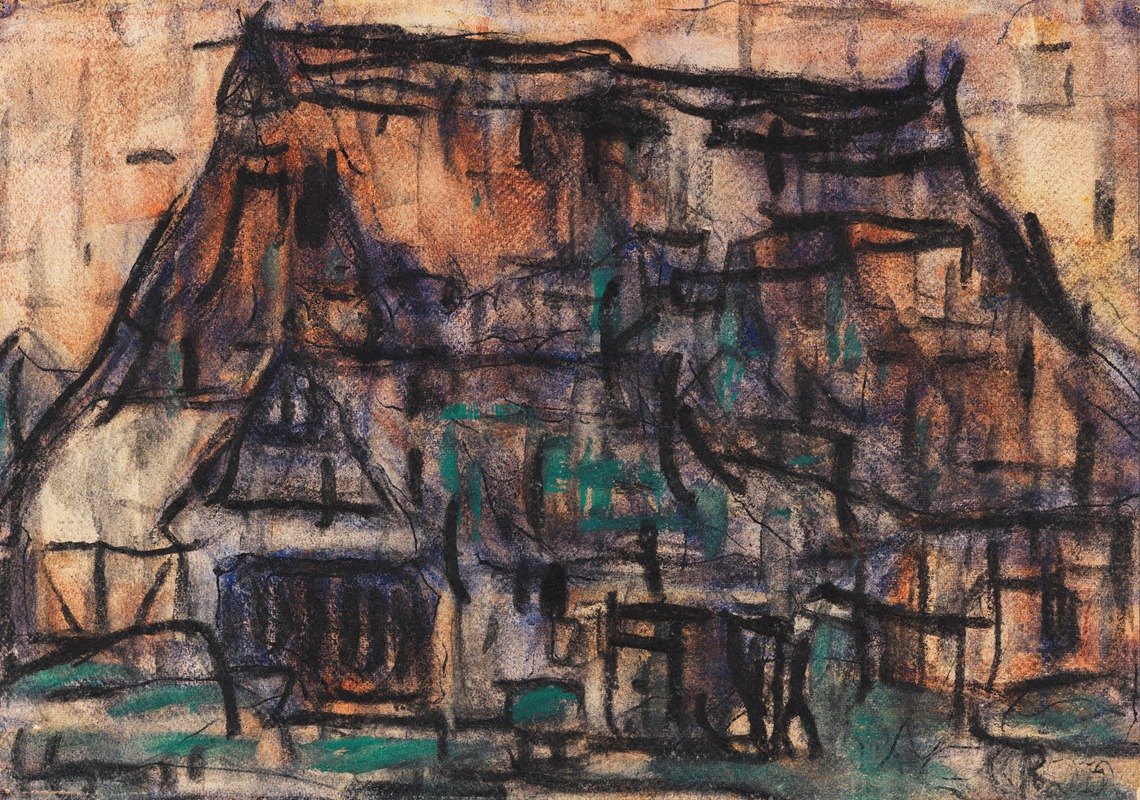
Haus in Soest
A hand-painted replica of Christian Rohlfs’s masterpiece Haus in Soest, meticulously crafted by professional artists to capture the true essence of the original. Each piece is created with museum-quality canvas and rare mineral pigments, carefully painted by experienced artists with delicate brushstrokes and rich, layered colors to perfectly recreate the texture of the original artwork. Unlike machine-printed reproductions, this hand-painted version brings the painting to life, infused with the artist’s emotions and skill in every stroke. Whether for personal collection or home decoration, it instantly elevates the artistic atmosphere of any space.
Christian Rohlfs was a German painter known for his contributions to Expressionism, and he created a significant body of work that includes landscapes, portraits, and still lifes. One of his notable works is "Haus in Soest," which reflects his unique style and artistic evolution over the years. Rohlfs was born on December 22, 1849, in Groß Niendorf, Germany, and he initially studied at the Grand Ducal Saxon Art School in Weimar. His early work was influenced by the academic style of the time, but he gradually moved towards Impressionism and later embraced Expressionism, which became the hallmark of his career.
"Haus in Soest" is a painting that exemplifies Rohlfs' mature style, characterized by bold colors, dynamic brushwork, and an emotional intensity that captures the viewer's attention. The painting depicts a house in the town of Soest, located in North Rhine-Westphalia, Germany. Soest is known for its medieval architecture and historical significance, and Rohlfs' depiction of the house captures the essence of the town's charm and character.
Rohlfs' use of color in "Haus in Soest" is particularly noteworthy. He employs a vibrant palette that brings the scene to life, using contrasting hues to create depth and movement within the composition. The brushstrokes are expressive and energetic, a technique that Rohlfs mastered to convey emotion and atmosphere. This approach aligns with the principles of Expressionism, where the artist seeks to represent subjective emotions and experiences rather than objective reality.
Throughout his career, Rohlfs was influenced by various artistic movements and contemporaries. He was particularly inspired by the works of Vincent van Gogh and Edvard Munch, both of whom were known for their expressive use of color and form. Rohlfs' exposure to these artists and his own experimentation with different styles allowed him to develop a distinctive voice within the Expressionist movement.
"Haus in Soest" is a testament to Rohlfs' ability to capture the spirit of a place through his art. The painting not only represents a physical location but also evokes a sense of nostalgia and introspection. It invites viewers to reflect on their own experiences and emotions, making it a powerful piece within Rohlfs' oeuvre.
Christian Rohlfs continued to paint and exhibit his work until his death on January 8, 1938, in Hagen, Germany. His legacy is preserved through his numerous paintings, which are held in collections around the world. "Haus in Soest" remains an important work that highlights Rohlfs' contribution to the Expressionist movement and his ability to convey profound emotion through his art.






